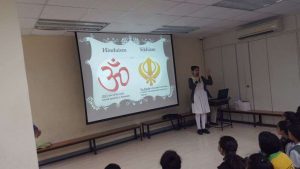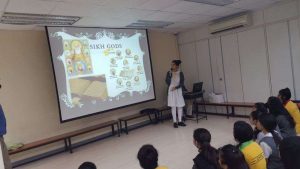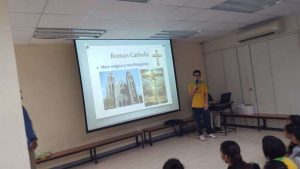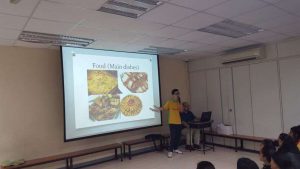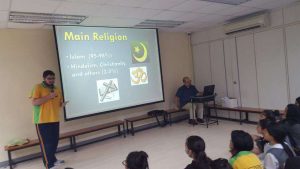Multi-cultural activities 2015-2016
- Posted by KEN KEN
- Posted in Guidance Team
Multi-cultural activities 2015-2016
Chinese Mid-Autumn Festival
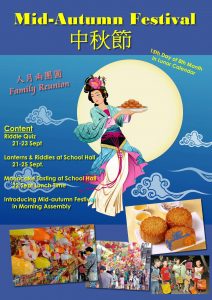


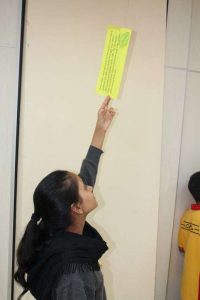

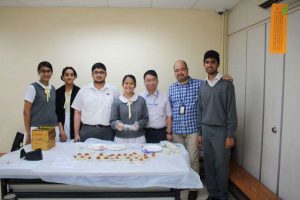
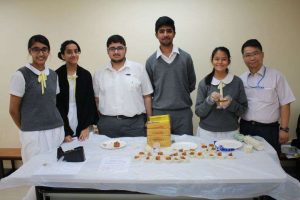

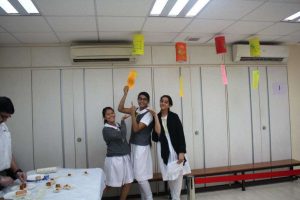
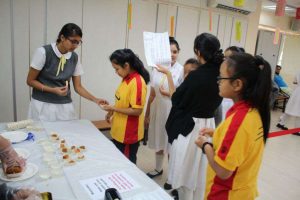
There was a riddle quiz. Students could experience the traditional activity. Prizes were given to encourage them to take part in it.
There were also lanterns and riddles at school hall to students to ‘taste’ riddle guessing in the week before the Mid-autumn Festival.
There was also mooncake-tasting in which students tasted the traditional mooncakes that were made with lotus seed paste and egg yolk.
Student helpers did presentation in the morning assemblies to show the video clips of the origin of the Mid-autumn Festival for students to have a better understanding.
All the above activities aimed to enhancing students’ understanding of Chinese traditional festivals and their involvement.
Chung Yeung Festival and Ching Ming Festival
Student helpers did presentations and showed the video clips on the origin and customs of both Chung Yeung Festival and Ching Ming Festival to students in the morning assemblies.
A poster was prepared and posted in each class before Chung Yeung Festival. The poster also gave more detailed information to students to know more about the origin and customs of these two traditional Chinese festivals and understand that the main theme of these two festivals is about the long-established practice of the Chinese to pay homage to their ancestors.
All the above activities aimed to promote students’ understanding of these two traditional Chinese festivals.
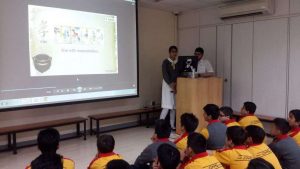
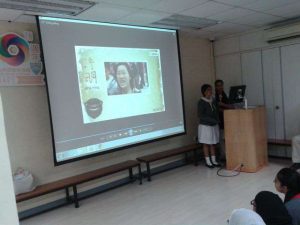
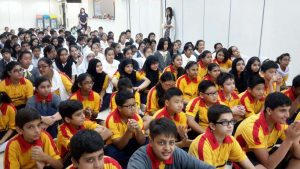
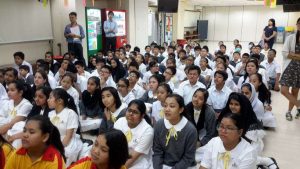
Discovering China – Chinese New Year (舞獅,燒炮仗,貼揮春,派利由來)
Lunar New Year Do’s and Don’ts (裡面尾段有介紹 12生肖)
Chinese New Year – Chinese culture about how Chinese people prepare and celebrate Spring Festival (介紹過年前準備,如: 年二八,洗邋遢、辦年貨、全盒等等)
—————————————————————————————————————
PART 1. What’s Chinese New Year? 中國新年是什麼?
Chinese New Year, also known as Spring Festival, is an important traditional Chinese holiday.
中國新年,也就是春節,是很重要的中國節日。
Chinese New Year celebrations traditionally run from Chinese New Year’s Eve, the last day of the last month of the Chinese calendar, to the Lantern Festival on the 15th day of the first month, making the festival the longest in the Chinese calendar.
傳統上,中國新年慶祝活動從除夕開始到元宵節結束,也就是農曆十二月最後一天到新年的一月十五號,所以中國新年是農曆當中最長的節日。
PART 2. The origin of Chinese New Year and Mythology. 中國新年的起源與傳說。
According to tales and legends, the beginning of Chinese New Year started with a mythical beast called Nian. Nian would come on the first day of New Year to eat livestock, crops, and even villagers, especially children. To protect themselves, the villagers would put food in front of their doors at the beginning of every year. It was believed that after Nian ate the food they prepared, it wouldn’t attack any more people.
上古傳說,中國新年起源於一種叫「年」的野獸,年獸總是在新年第一天出沒,年獸十分兇殘會吃掉牲畜、作物,甚至是村民還有小孩子,為了躲避年,村民新年會在門前放食物,因為傳說年會吃掉他們準備的食物,就不會攻擊人們了。
One day a villager decided to take action. A god visited him and told him to put red paper on his house and to place firecrackers in front. The villagers then understood that Nian was afraid of the color red. When the New Year was about to come, the villagers would hang red lanterns and red spring scrolls on windows and doors. People also used firecrackers to scare Nian away. From then on, Nian never came to the village again. Nian was eventually captured by Hongjun Laozu, an ancient Taoist monk and became his mount.
有一天,有人打算報復年獸,神明便拜訪這位村民,並叫他準備紅紙還有鞭炮。村民們便了解年獸雖猛,但懼怕紅色、火光和巨響。年獸要來的時候,家家戶戶掛起紅燈籠,在門口和窗上貼紅春聯,放炮竹以嚇走年獸,從此之後,年獸就不趕再靠近,年獸最後還是被道士洪鈞老祖抓起來,並成為洪鈞老祖的坐騎。
PART 3. What We Do on Chinese New Year. 新年要幹嘛?
The evening preceding Chinese New Year’s Day is an occasion for Chinese families to gather for the annual reunion dinner.
新年的前一天,家人團聚一起吃一年一度的團圓飯。
It is also traditional for every family to thoroughly clean the house, in order to sweep away any ill fortune and to make way for incoming good luck.
另一項傳統則是大掃除,徹底打掃家裡,掃去惡運,迎接好運。
Windows and doors will be decorated with red paper-cuts and couplets with popular themes of “good fortune”, “happiness”, “wealth”, and “longevity.”
窗上和門上則會貼上紅紙,還有對句,上面寫著常見的好運、快樂、財富、長壽等吉祥話。
Other activities include lighting firecrackers and giving money in red paper envelopes.
其他活動包括放鞭炮,還有發紅包。
S1: Song Sharing – each class sent two teams/units sing songs from their culture
Date:3rd December 2015
Time: Lesson 1 and 2
Venue: Gymnasium


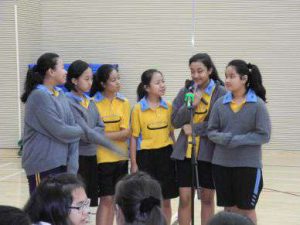
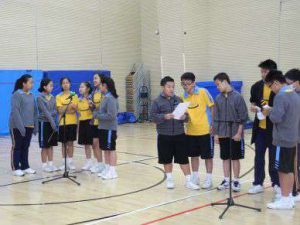

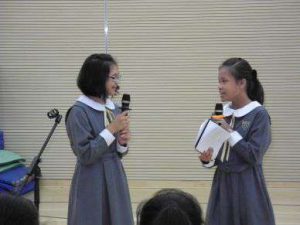
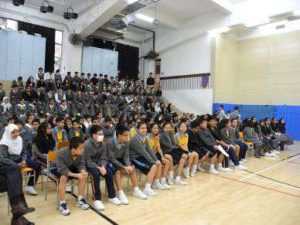
S2: Dance Performance – each class sent two teams/units have dance performance of their culture
Date:4th December 2015
Time: Lesson 1 and 2
Venue: Gymnasium

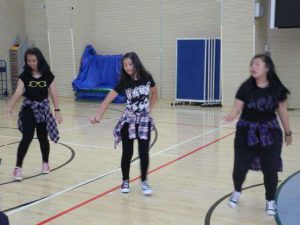

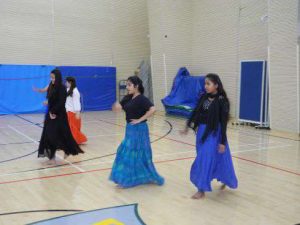
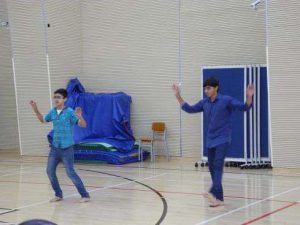

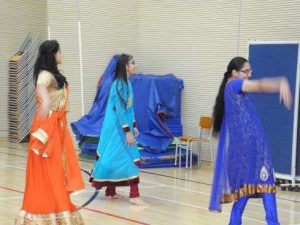
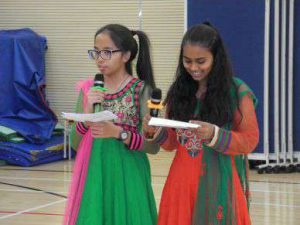
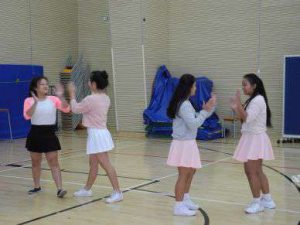
S3: Cultural food – student helpers introduce their common cultural food with powerpoint presentations in a morning assembly
Date: 4th May 2016
Time: Morning Assembly
Venue: Hall

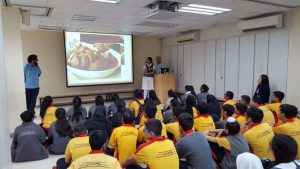
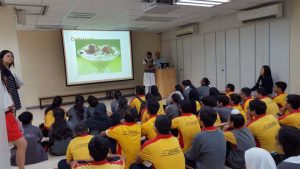
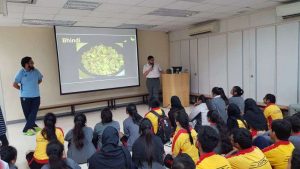

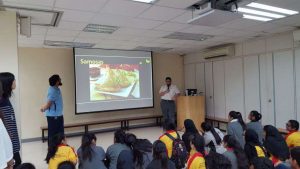
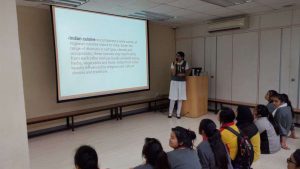

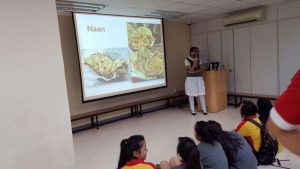
S4: Cultural Costume – students (male and female) of four major ethnic groups wearing their cultural costumes; explaining its design and on what occasions they usually wear
Date: 12th May 2016
Time: Morning Assembly
Venue: Hall

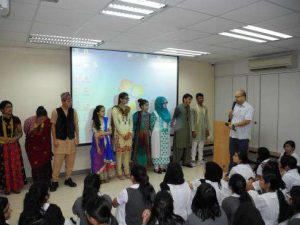
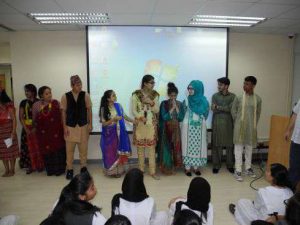

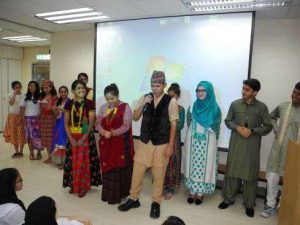
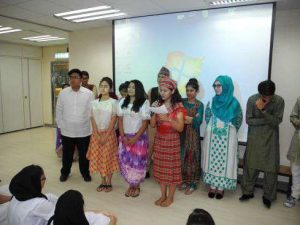

S5: Religions – power presentations by student helpers in morning assembly
Date: 3rd Jun 2016
Time: Morning Assembly
Venue: Hall
